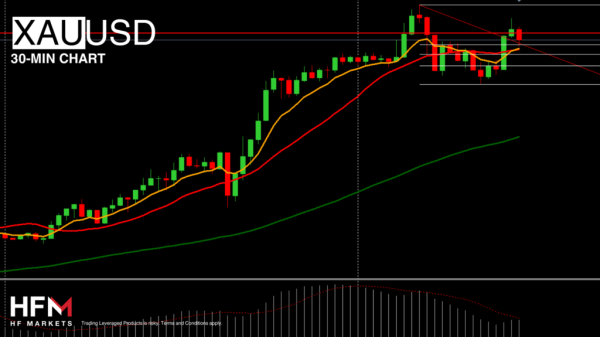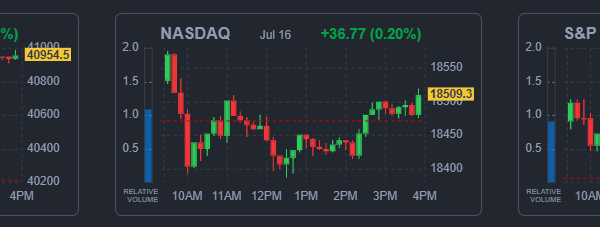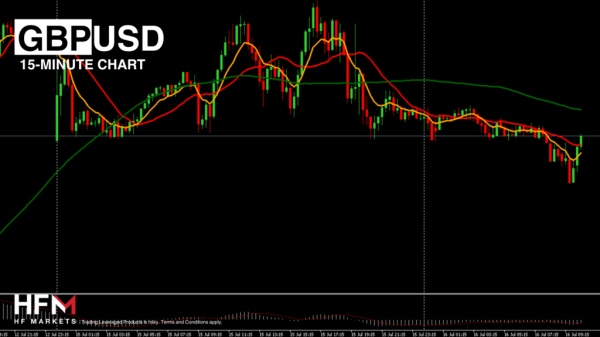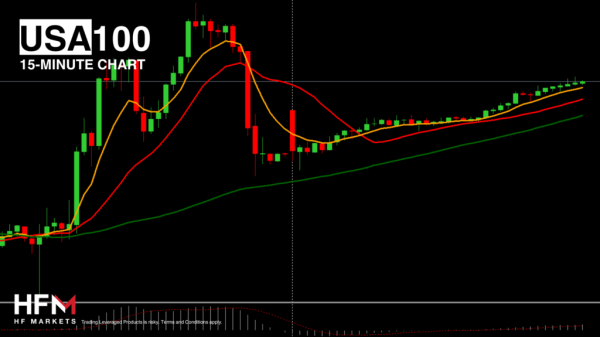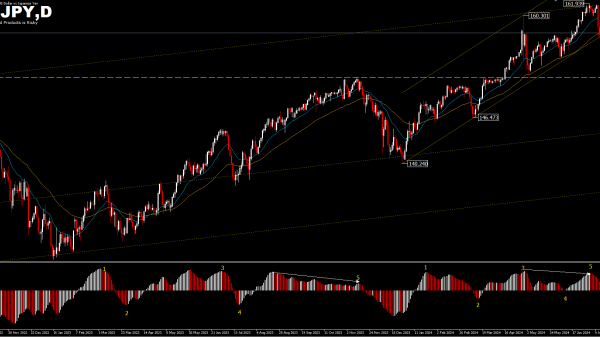Who are Liquidity Providers?
In crypto, LP can be a great way to earn money. However, there are some risks that you should be aware of before you begin. While the future of cryptocurrency is difficult to predict, the demand for crypto liquidity providers is expected to increase as the industry matures.
Banks and non-banks are the two categories of top-tier liquidity providers. Banks are often major corporations such as JP Morgan or HSBC. Hedge funds, trading businesses, and other private investors are examples of non-banks.
The institutions of finance that offer liquidity for Forex transactions are known as liquidity providers. In other words, they furnish the money exchanged on the market. Retail brokers like FXCM do not trade with their own funds. Instead, they serve as a bridge between traders and LPs. A deal is conducted between the trader and the liquidity provider. The broker’s role is to arrange the transaction.
The majority of banks serve as both liquidity providers and market makers. Regardless of market circumstances, they are always ready to purchase or sell currency pairings. For each currency pair, they provide two prices: a bid price and an asking price. The bid price is the amount they are willing to pay to purchase the currency, and the asking price is the price they are willing to pay to sell it. The spread is the difference between these two prices.
Market makers benefit from the spreads they quote, while liquidity providers profit from the actual transactions. When a trader performs a deal with a market maker, the market maker keeps the spread as profit. A liquidity provider charges a commission when a trader executes a deal.
ECNs, or electronic communications networks, are used by certain brokers. ECNs are platforms that facilitate trading between several liquidity sources. The broker receives no compensation when a deal is performed on an ECN. They instead charge a tiny commission. This configuration gives traders direct access to the interbank market and narrow spreads.
Not all brokers enable their customers to trade with liquidity providers directly. Some only provide dealing desk execution, which implies that transactions are always performed through the broker’s dealing desk. Since the broker will markup the price quoted by the liquidity provider, this method of execution often results in more excellent spreads. Brokers may also utilize a hybrid strategy, providing both dealing desk and direct market access (DMA) execution. Traders benefit from the best of both worlds, with narrow spreads and direct access to liquidity sources. You should select the best liquidity provider forex that shares your investing objectives.
During the last few years, cryptocurrency’s popularity and value have risen. It has increased demand for liquidity providers who can assist cryptocurrency exchanges in meeting this demand. Here we will cover liquidity provision and becoming a cryptocurrency LP. We’ll also talk about the advantages of providing liquidity in crypto exchanges.
The post Who are Liquidity Providers? appeared first on FinanceBrokerage.
















